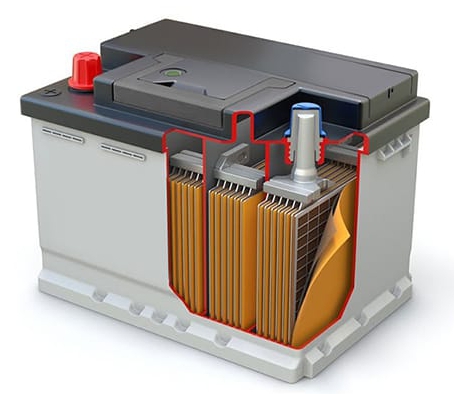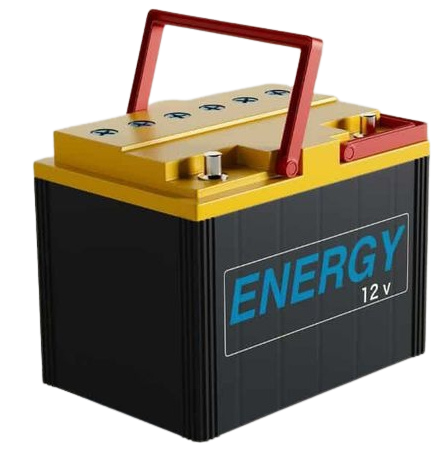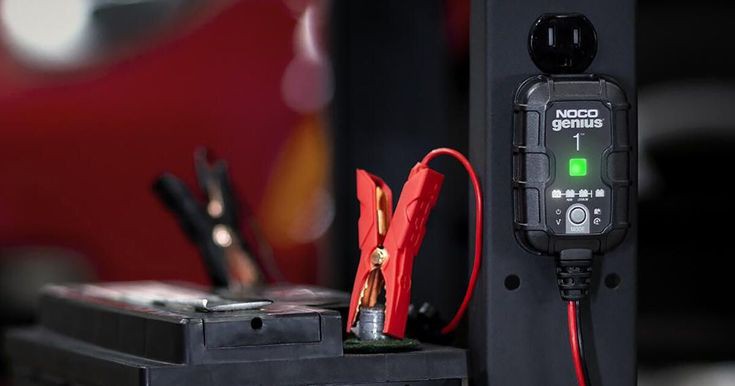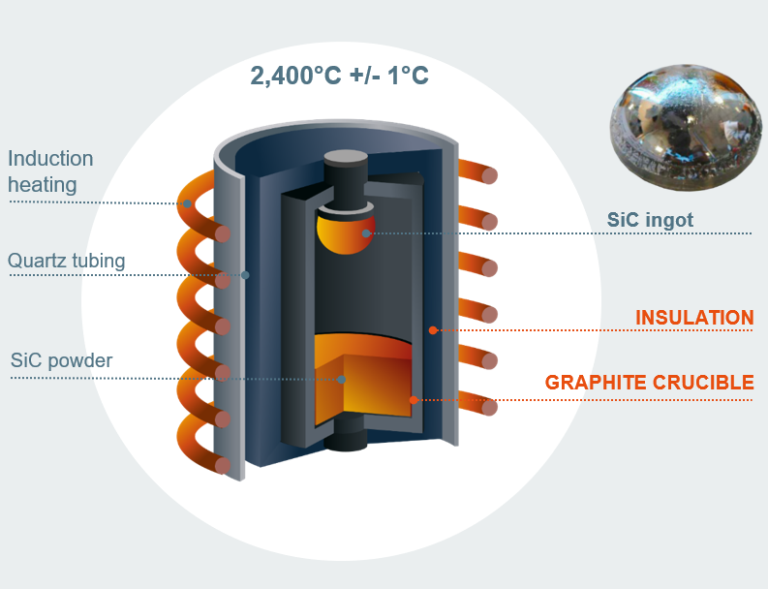Battery Plates
Contents
- 1 Battery Plates
- 1.1 The Heart of the Powerhouse
- 1.2 The Basics of Battery Plates
- 1.3 Positive Plates: Power Packed with Lead Dioxide
- 1.4 Negative Plates: The Sponge Lead Connection
- 1.5 Charging Up – The Electrochemical Reaction
- 1.6 Discharging – Releasing Stored Energy
- 1.7 Types of Plates and Their Applications
- 1.8 The Evolution of Plate Technology
- 1.9 Challenges Faced by Battery Plates
- 1.10 Looking Ahead – Future Innovations in Plate Design
- 2 Conclusion
- 3 FAQ

The Heart of the Powerhouse
At the core of every powerhouse lies its heart – the battery plates. These unsung heroes, typically made of lead, are the key players in storing and delivering energy. Positive plates, crafted with lead dioxide, generate electrons during discharge, while negative plates, composed of sponge lead, complete the energy cycle. Together, they form the heartbeat of the powerhouse, facilitating the essential electrochemical reactions during charging and discharging. These unassuming plates are the silent force behind our devices, ensuring a steady and reliable power supply that keeps our world running smoothly.
The Basics of Battery Plates

Battery plates are the building blocks of energy storage, made mainly from lead. They come in two types: positive and negative. Positive plates contain lead dioxide, while negative plates are made of sponge lead. These plates work together to create the magic of electricity. A chemical reaction happens on the positive plate, storing energy during charging. When you use your device, the plates release this stored energy. It’s like a teamwork dance of positive and negative, allowing batteries to power up and share that power when needed. Understanding these basics helps us appreciate the essential role of battery plates in our daily lives.
Positive Plates: Power Packed with Lead Dioxide

Positive plates in batteries are like little powerhouses themselves. Made from lead dioxide, they have a crucial job during the battery cycle. When you charge your device, these positive plates go to work. A unique chemical reaction happens on these plates, storing energy like tiny, rechargeable storage units. When it’s time to use your device, these positive plates release the stored energy, sending power to your gadgets. It’s like a superhero’s secret power source, tucked away in your battery, ensuring you have the energy you need for your everyday adventures. Positive plates are the unsung champions of portable power!
Negative Plates: The Sponge Lead Connection
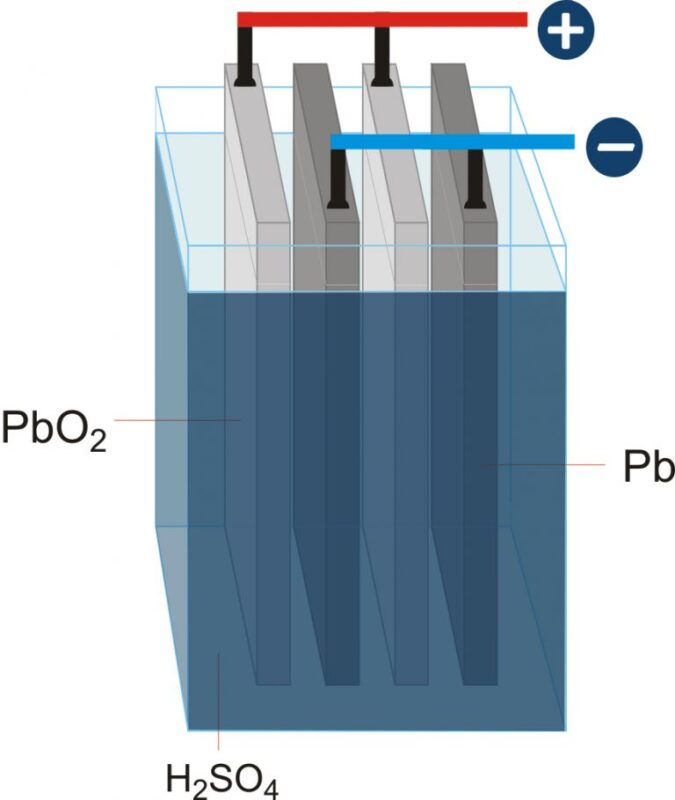
Meet the humble yet essential negative plates in batteries. Crafted from sponge lead, these plates play a vital role in the battery’s energy dance. During charging, they quietly absorb the energy created by the positive plates. When it’s time to power up your device, the negative plates release this stored energy, completing the circuit. Think of them as silent partners, working in harmony with their positive counterparts. These sponge lead plates are like the quiet heroes, ensuring a reliable power flow for your gadgets making them an indispensable part of the energy storage team in every battery.
Charging Up – The Electrochemical Reaction
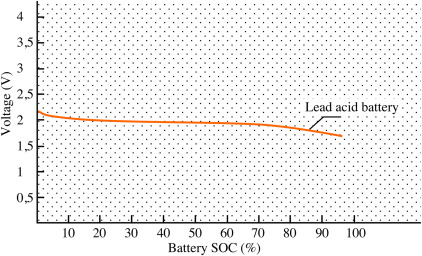
Charging up your device is like giving it a boost of energy, thanks to the fascinating process within the battery. When you plug in your device, the positive plates, often made of lead dioxide, kick into action. A magical electrochemical reaction occurs, storing energy in the battery. It’s like filling up a power reservoir for your gadget. This charging process is crucial as it prepares your device for action, ensuring you have the power you need for your daily adventures. So, the next time you plug in, appreciate the science behind the scenes that keeps your gadgets charged and ready.
Discharging – Releasing Stored Energy
Discharging is when your device uses the stored energy from the battery to power up and get things done. Picture it as the battery sharing its stored magic. During discharging, the positive and negative plates work together again. The energy stored during charging is released, flowing through the battery and powering your device. It’s like unlocking the treasure chest of stored power to keep your gadgets running smoothly. So, whether it’s your smartphone, flashlight, or favorite toy, discharging is the process that brings the stored energy back to life, making your devices reliable companions in your daily adventures.
Types of Plates and Their Applications
Different batteries have various types of plates, each designed for specific jobs. In traditional lead-acid batteries, common in cars, there are positive plates made of lead dioxide and negative plates of sponge lead. These plates provide the needed burst of energy for starting engines. On the other hand, lithium-ion batteries, commonly found in smartphones, use different materials for their positive and negative plates. Understanding these types of plates helps manufacturers create batteries tailored for specific uses, ensuring your gadgets have the right energy source to keep them going, whether for a quick drive or a day full of calls and texts.
The Evolution of Plate Technology
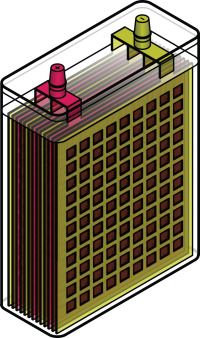
Plate technology has come a long way, evolving to make batteries better. Over time, scientists and engineers have improved how plates are made and how they work. This progress has led to batteries that last longer, charge faster, and are better for the environment. From the basic lead-acid plates in older cars to the advanced materials used in modern lithium-ion batteries, the journey of plate technology reflects a commitment to creating more efficient and eco-friendly energy solutions. The continuous evolution of plate technology makes our devices more intelligent, greener, and reliable, paving the way for a brighter energy future.
Challenges Faced by Battery Plates
Battery plates face challenges that impact their performance. Sulfation is one hurdle where a buildup on the plates can reduce efficiency over time. Deep discharges, when a battery goes very low on power frequently, also pose challenges, affecting plate life. These obstacles can lead to decreased battery performance and a shorter lifespan. Understanding these challenges is crucial for maintaining and improving battery health. Regular maintenance and using devices responsibly can help overcome these hurdles, ensuring that battery plates remain vital in providing reliable power for our everyday needs.
Looking Ahead – Future Innovations in Plate Design
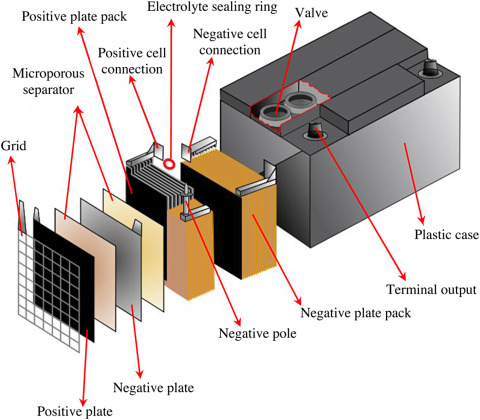
Looking ahead, the future of battery technology is filled with exciting possibilities. Ongoing research aims to make batteries even better, with innovations in plate design at the forefront. Scientists are exploring ways to enhance energy storage, lifespan, and sustainability. The journey ahead holds promise for greener and more powerful batteries, from developing more efficient materials to creating eco-friendly solutions. As technology advances, the evolution of plate design will continue to shape the landscape of energy storage, offering the potential for longer-lasting, faster-charging, and environmentally friendly power sources that will revolutionize how we use and depend on batteries.
Conclusion
In conclusion, battery plates are the unsung heroes that power our daily lives. From positive plates generating energy to negative plates completing the energy cycle, their simple yet vital roles keep our devices running smoothly. As we celebrate the one-year birthday of this technological journey, it’s clear that understanding the basics, challenges, and future innovations of battery plates is crucial. The evolution of plate technology promises a greener and more efficient energy landscape. So, here’s to the heart of the powerhouse, the plates, silently working to keep our gadgets charged and ready for the adventures. Cheers to a bright, energetic future!
FAQ
Q1. Why are positive plates necessary in batteries?
Positive plates, typically made of lead dioxide, play a crucial role in the battery cycle. During charging, a chemical reaction occurs on these plates, storing energy. This stored energy is later released during discharging, providing the power needed for various devices.
Q2. What challenges do battery plates face?
Battery plates face challenges such as sulfation, where a buildup on the plates reduces efficiency, and deep discharges, which can impact plate life. Overcoming these challenges requires regular maintenance and responsible device usage to ensure optimal battery performance.
Q3. How is plate technology evolving for batteries?
Plate technology is evolving to create more efficient and sustainable batteries. Ongoing research focuses on improving materials, enhancing energy storage, and developing eco-friendly solutions. This innovation aims to create longer-lasting, faster-charging, and environmentally friendly power sources for the future.

